Home>Garden Essentials>Which MLB Stadium Was The First To Use Astro Turf
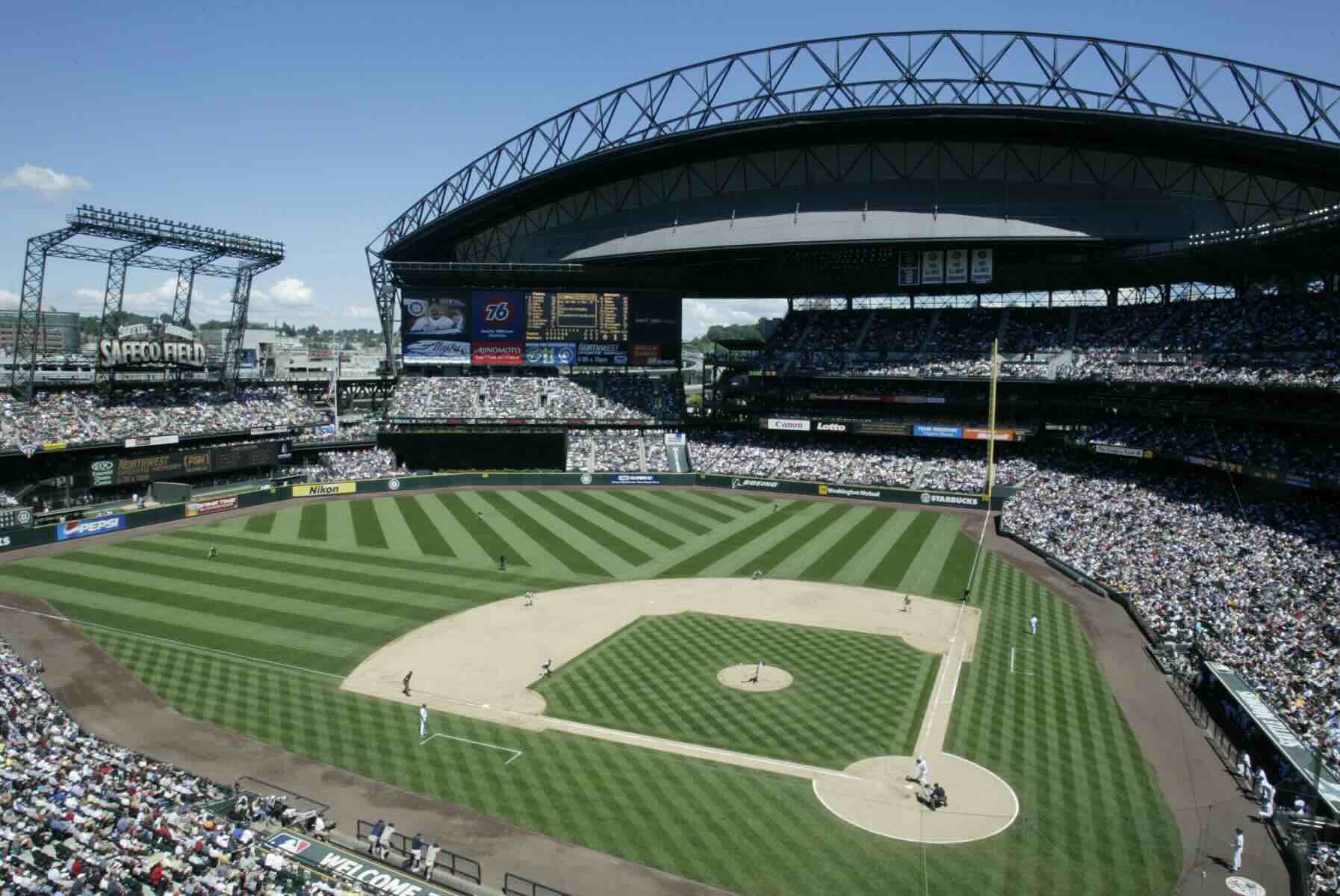

Garden Essentials
Which MLB Stadium Was The First To Use Astro Turf
Modified: March 7, 2024
Discover which MLB stadium was the first to use Astro Turf and how it revolutionized the game. Explore the history of garden stadiums and their impact on baseball.
(Many of the links in this article redirect to a specific reviewed product. Your purchase of these products through affiliate links helps to generate commission for Storables.com, at no extra cost. Learn more)
Introduction
Astro Turf, a type of artificial turf, has had a significant impact on the world of sports, particularly in baseball. This synthetic surface provides a durable and low-maintenance alternative to natural grass, allowing games to be played in various weather conditions without compromising the quality of the playing field.
In this article, we will delve into the history of Astro Turf and explore which MLB stadium was the first to utilize this groundbreaking innovation. We will also discuss the impact of Astro Turf on the game of baseball and how it has influenced the sport throughout the years.
So let’s dive in and discover the origins of Astro Turf and its role in revolutionizing baseball stadiums!
Key Takeaways:
- Astro Turf, the first artificial turf, was used in the Houston Astrodome, revolutionizing MLB stadiums. It made games faster and more exciting but raised concerns about player safety.
- While Astro Turf had advantages like all-weather play and cost savings, it also led to player discomfort. Its impact on MLB stadiums remains significant despite the transition back to natural grass.
Read more: How Was Astro Turf Named
History of Astro Turf
The concept of Astro Turf can be traced back to the mid-20th century when the need for an all-weather playing surface became apparent. The first artificial turf was developed by a team of researchers led by David Chaney at the University of Mississippi in the 1960s.
Originally known as “ChemGrass,” this early version of synthetic turf was primarily used for landscaping purposes. However, its potential in the world of sports soon became apparent.
In 1966, the Houston Astrodome, the world’s first multi-purpose indoor stadium, opened its doors. The massive venue needed a playing surface that could withstand the absence of natural sunlight, and thus, Astro Turf was installed. This marked a significant milestone in the history of artificial turf and set the stage for its widespread adoption in various sports.
Over the years, Astro Turf underwent significant improvements and refinements. The use of nylon fibres instead of the earlier polypropylene material enhanced its durability and performance. The surface began to closely mimic the feel and appearance of natural grass, providing a more realistic playing experience.
As the technology advanced, Astro Turf gained popularity not only in baseball but also in other sports such as football, soccer, and field hockey. Its ability to withstand heavy use, resist inclement weather conditions, and offer consistent playing characteristics made it an attractive option for many stadiums and sports organizations.
However, it’s important to note that Astro Turf has not been without its controversies. In the early days, players and coaches criticized the surface for being hard and unforgiving, leading to an increased risk of injuries. This led to the development of more cushioned versions of artificial turf to minimize the impact on players’ joints and reduce the risk of injuries.
As technology continues to evolve, newer generations of artificial turf have emerged, focusing on providing optimal performance and player safety. The goal is to strike a balance between durability and playability, ensuring that players can perform at their best without compromising their well-being.
Today, synthetic turf has become a standard feature in many stadiums across the globe. It has proven to be a valuable asset in the world of sports, revolutionizing the way games are played and allowing for increased versatility in scheduling and venue options.
The First MLB Stadium to Use Astro Turf
When it comes to baseball, the first MLB stadium to implement Astro Turf was the Houston Astrodome. This groundbreaking decision was driven by the need for a consistent playing surface that could withstand the challenges of an indoor stadium.
The Houston Astrodome, often referred to as the “Eighth Wonder of the World,” opened its doors on April 9, 1965. As the first multi-purpose indoor stadium, it revolutionized the sports and entertainment industry. Despite its remarkable architecture and engineering, the dome posed a unique challenge for groundskeepers – how to maintain a natural grass field in an enclosed environment.
The solution came in the form of Astro Turf, the newly developed artificial turf. In 1966, the original ChemGrass from the University of Mississippi was installed in the Astrodome, marking the first use of Astro Turf in an MLB stadium.
The installation of Astro Turf proved to be a game-changer in many ways. With the use of artificial turf, the Astrodome was able to host events year-round, regardless of weather conditions. This allowed the stadium to attract a wide range of sporting events, concerts, and other activities, solidifying its reputation as a cutting-edge facility.
From a playing perspective, Astro Turf presented both advantages and disadvantages. On the positive side, the consistent surface provided uniform playing characteristics, allowing players to predict ball bounces and make smoother plays. The fast and predictable nature of the turf also led to exciting games with more stolen bases and aggressive baserunning.
However, there were also drawbacks to the use of Astro Turf. The surface was notoriously hard, causing players to experience increased wear and tear on their joints. It was not uncommon for players to suffer injuries or endure additional aches and pains due to the unforgiving nature of the turf.
Despite the mixed reception from players, the implementation of Astro Turf in the Astrodome paved the way for other MLB stadiums to follow suit. Throughout the 1970s and 1980s, more ballparks began to adopt artificial turf, with notable examples including the Kingdome in Seattle, the Metrodome in Minneapolis, and Veterans Stadium in Philadelphia.
Eventually, advancements in artificial turf technology led to the development of more player-friendly surfaces. Modern generations of Astro Turf now feature improved cushioning and better shock absorption, addressing many of the concerns raised by players in the past.
Today, while many stadiums have transitioned back to natural grass, there are still a few ballparks that continue to use artificial turf. The legacy of Astro Turf in MLB remains, representing a significant chapter in the evolution of baseball stadiums and the pursuit of innovative playing surfaces.
The first MLB stadium to use AstroTurf was the Houston Astrodome, which installed the artificial turf in 1966.
Impact of Astro Turf on MLB
The introduction of Astro Turf in MLB stadiums had a lasting impact on the game of baseball. This artificial playing surface brought about several changes and influenced various aspects of the sport.
One of the most noticeable impacts of Astro Turf was the increase in game speed. The fast and consistent surface allowed the ball to travel quicker, resulting in more exciting and higher-scoring games. The fast-paced nature of the turf also led to aggressive baserunning and an emphasis on speed as a valuable asset for players.
With the introduction of Astro Turf, stadiums were no longer limited by weather conditions. Games could be played in rain or shine, eliminating rain delays and postponements. This provided more flexibility in scheduling and reduced the likelihood of games being rescheduled or relocated due to inclement weather.
The installation of Astro Turf also had financial implications for MLB teams. Traditional grass fields require extensive maintenance, including cutting, watering, and fertilizing, which can be costly and time-consuming. By switching to artificial turf, teams were able to save substantial amounts of money and reduce the need for regular field maintenance.
Furthermore, the use of Astro Turf allowed stadiums to host events beyond baseball games. Concerts, exhibitions, and other sporting events could take place in these multi-purpose facilities, generating additional revenue for the teams and enhancing the stadium’s role as a community gathering place.
Despite the many advantages, Astro Turf was not without its critics. Players raised concerns about the potential for injuries due to the unforgiving nature of the surface. The hard and artificial nature of the turf increased stress on joints and increased the risk of player discomfort and injuries, particularly in the knees and ankles.
As a result, the transition back to natural grass began in the early 2000s, with several MLB stadiums opting for a return to traditional playing surfaces. The desire to reduce player injuries and create a more natural playing experience led to the resurgence of natural grass in baseball stadiums.
Today, there are only a few MLB stadiums that still use artificial turf. The advances in technology have led to the development of newer generations of synthetic surfaces that offer better shock absorption and player safety features.
It is worth noting that despite the declining popularity of Astro Turf in MLB, its impact on the sport cannot be understated. The introduction of artificial turf brought about significant changes to the game, influencing strategies, gameplay, and stadium operations. It remains a pivotal chapter in the evolution of MLB stadiums and the pursuit of innovative playing surfaces.
Conclusion
Astro Turf, the synthetic playing surface, has left an indelible mark on the world of baseball, forever changing the landscape of MLB stadiums. Introduced in the Houston Astrodome in the mid-1960s, Astro Turf revolutionized the game by providing a consistent and all-weather playing field.
The use of Astro Turf in MLB stadiums brought about several notable impacts. Games became faster and more high-scoring, with an emphasis on speed and aggressive baserunning. The ability to play in any weather conditions eliminated rain delays and allowed for more flexibility in scheduling.
The financial implications were significant as well. The cost savings associated with maintenance and the ability to host multi-purpose events expanded revenue streams for the teams and transformed stadiums into vibrant community gathering places.
While Astro Turf had its advantages, concerns over player safety and discomfort arose due to the hard nature of the surface. This led to the eventual transition back to natural grass in many MLB stadiums. Today, only a few ballparks still utilize artificial turf, with advancements in technology leading to improved player safety features.
Nevertheless, the impact of Astro Turf on MLB cannot be overstated. It played a pivotal role in the evolution of baseball stadiums, influencing gameplay, strategies, and stadium operations. The introduction of artificial turf opened doors, allowing for more versatile scheduling and paving the way for future innovations in playing surfaces.
As the world of sports continues to evolve, the legacy of Astro Turf remains. It serves as a testament to the pursuit of innovative solutions in the quest for optimal playing conditions and enhanced experiences for athletes and spectators alike.
So, the next time you step into an MLB stadium, take a moment to appreciate the impact of Astro Turf on the game of baseball, reminding us of the ever-changing, dynamic nature of the sport we love.
Frequently Asked Questions about Which MLB Stadium Was The First To Use Astro Turf
Was this page helpful?
At Storables.com, we guarantee accurate and reliable information. Our content, validated by Expert Board Contributors, is crafted following stringent Editorial Policies. We're committed to providing you with well-researched, expert-backed insights for all your informational needs.
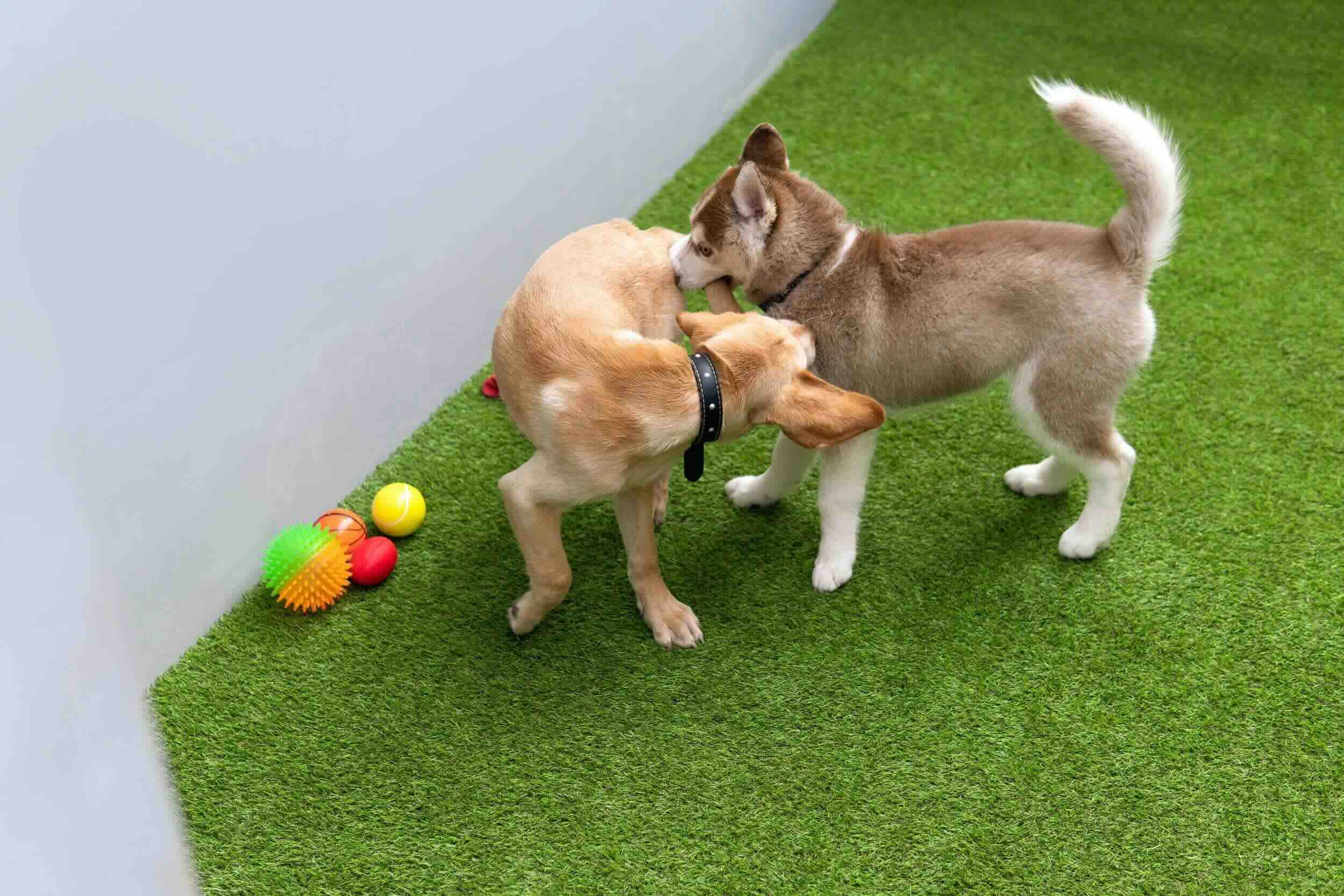
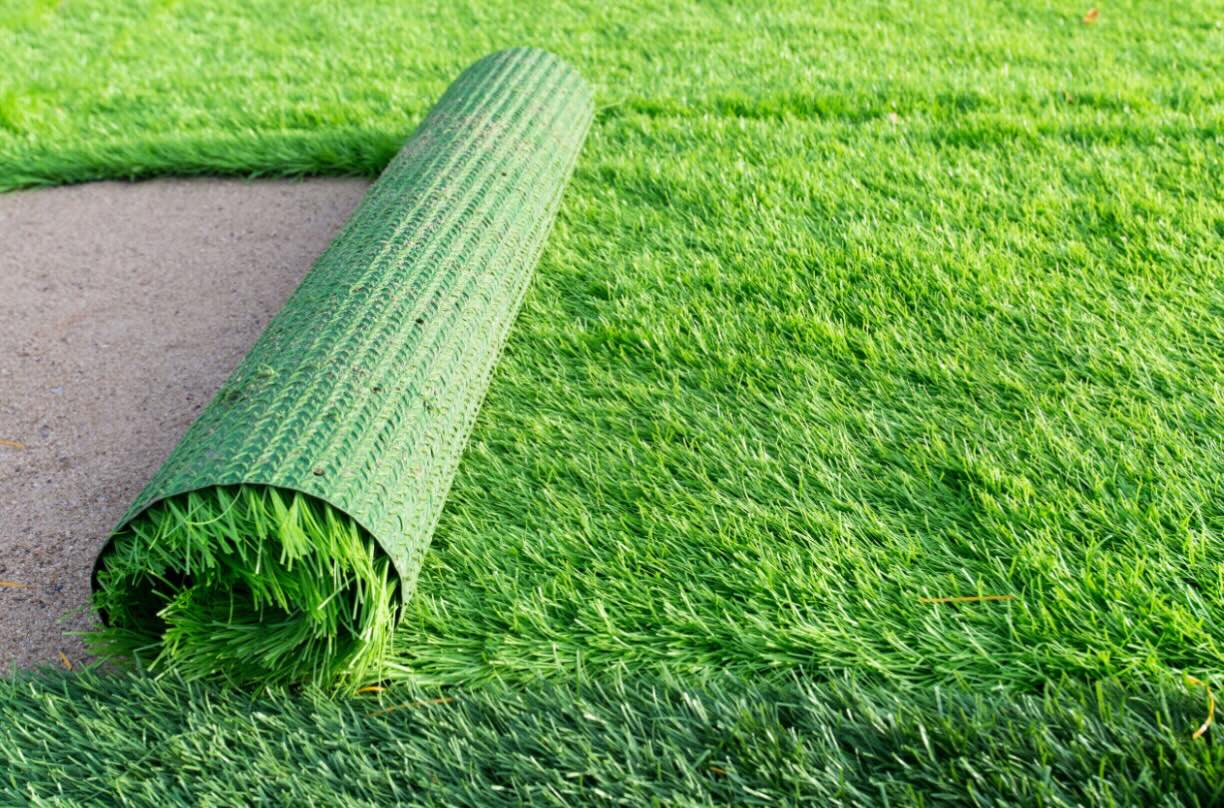
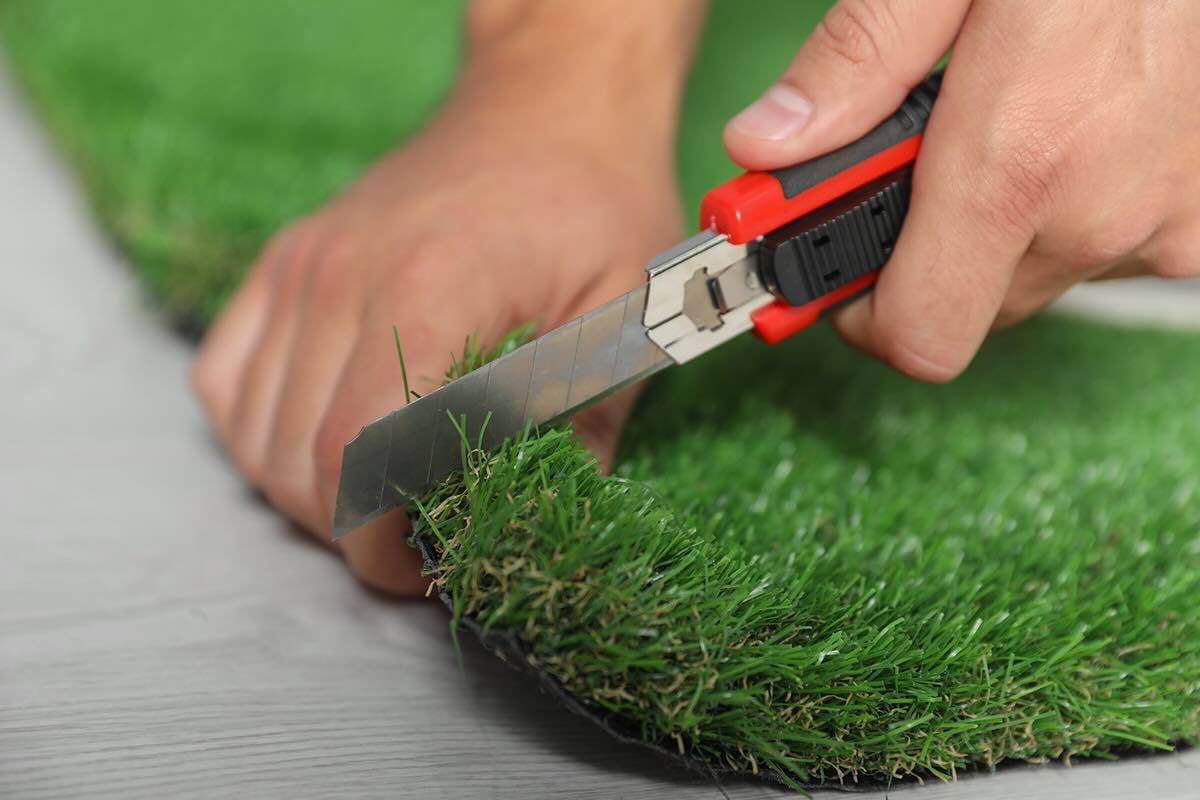
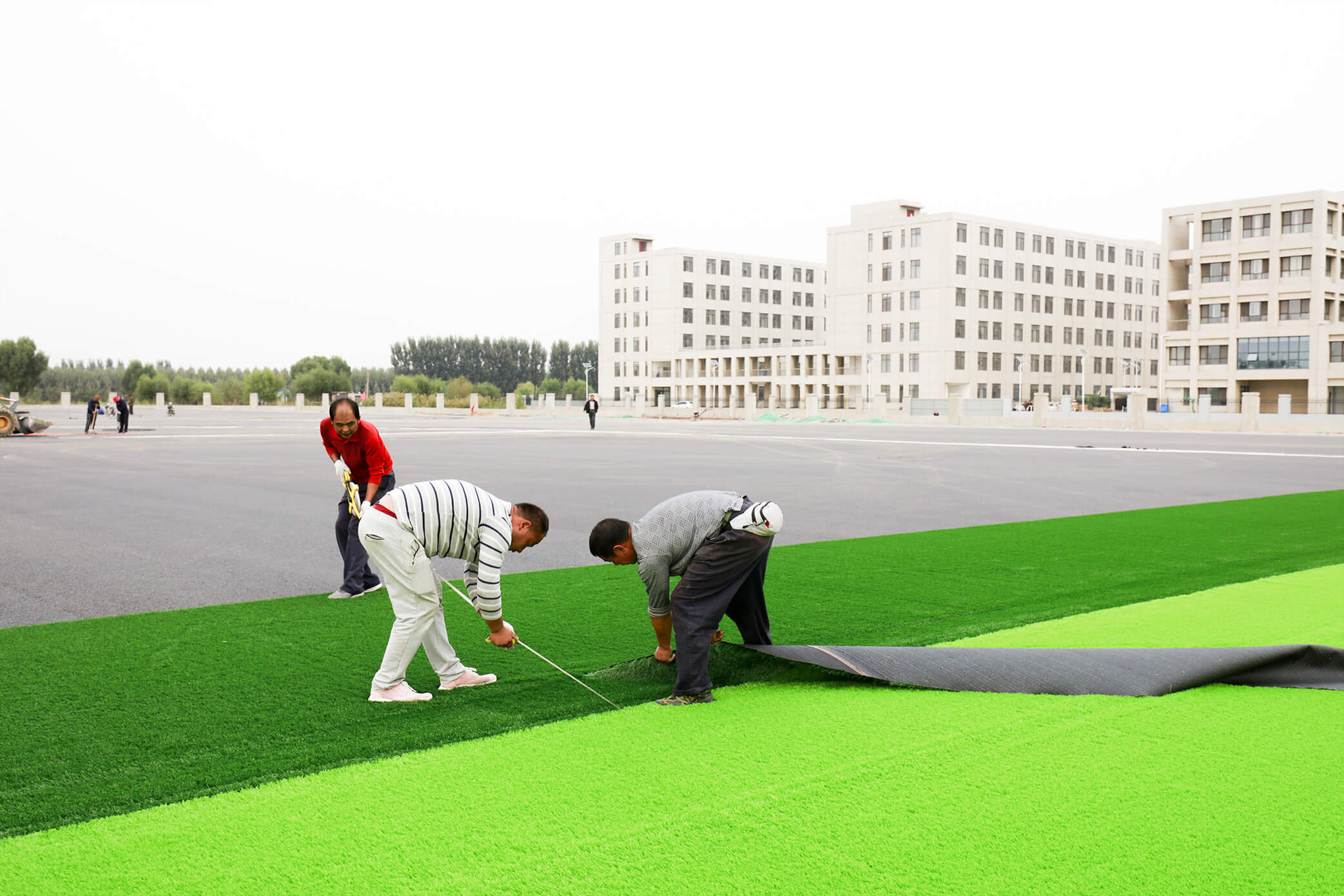
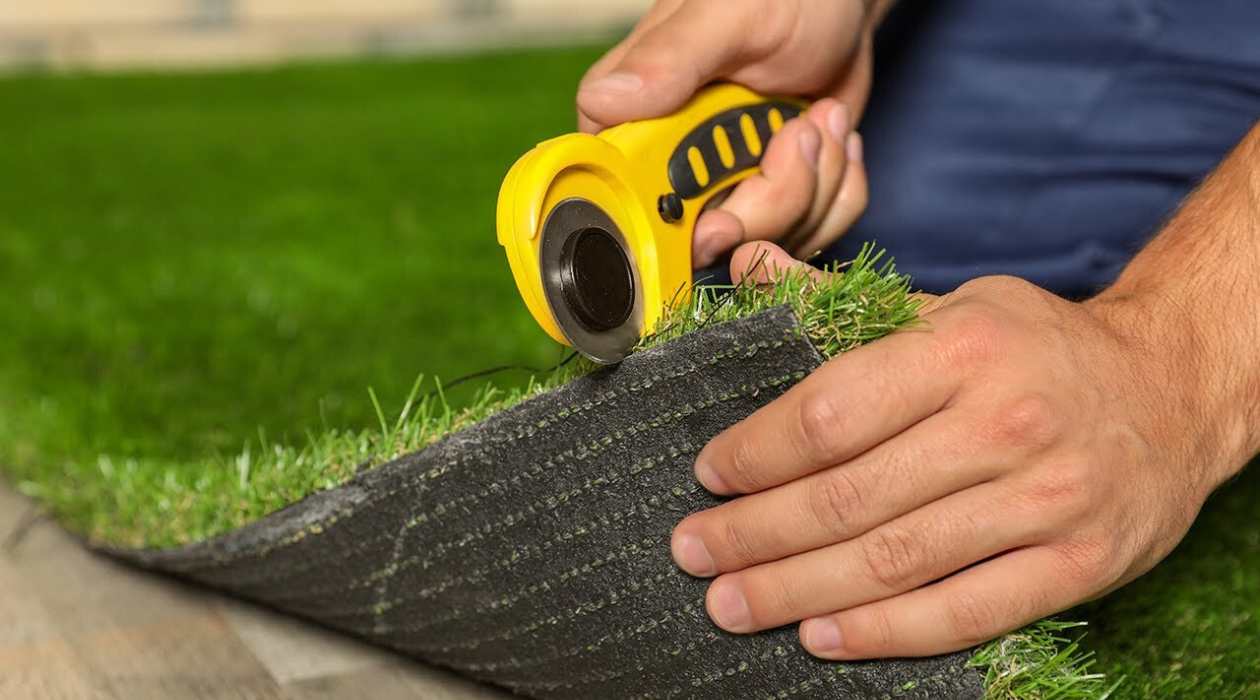
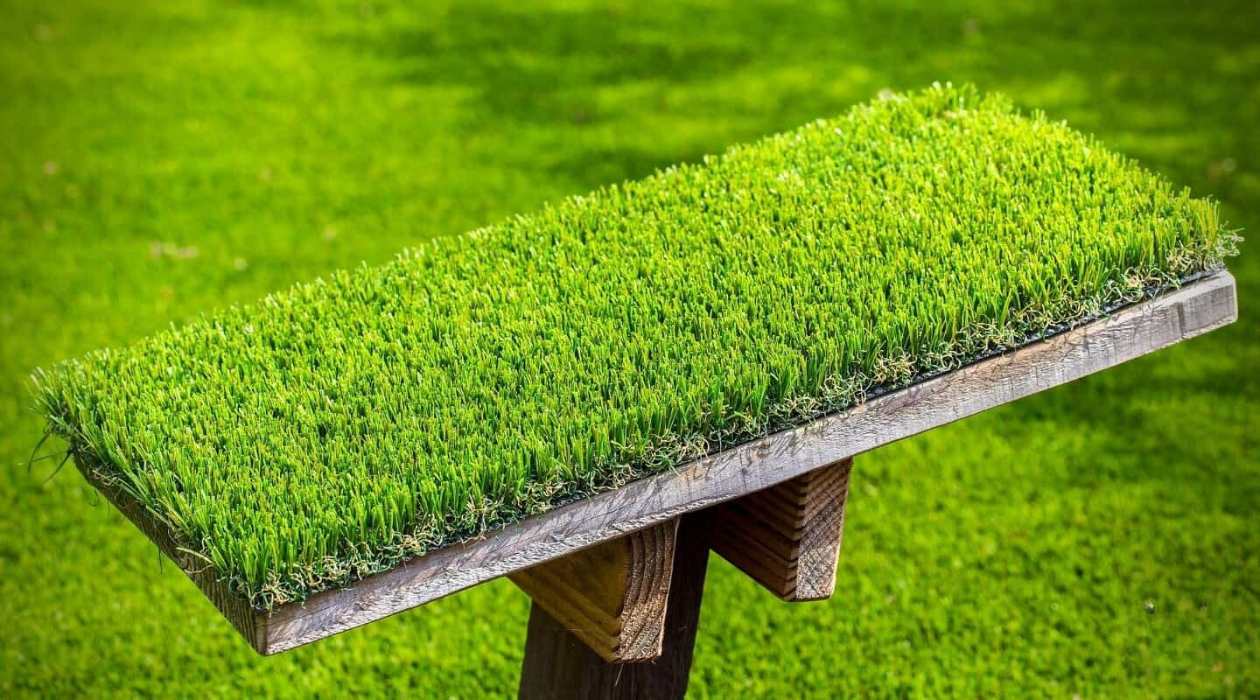
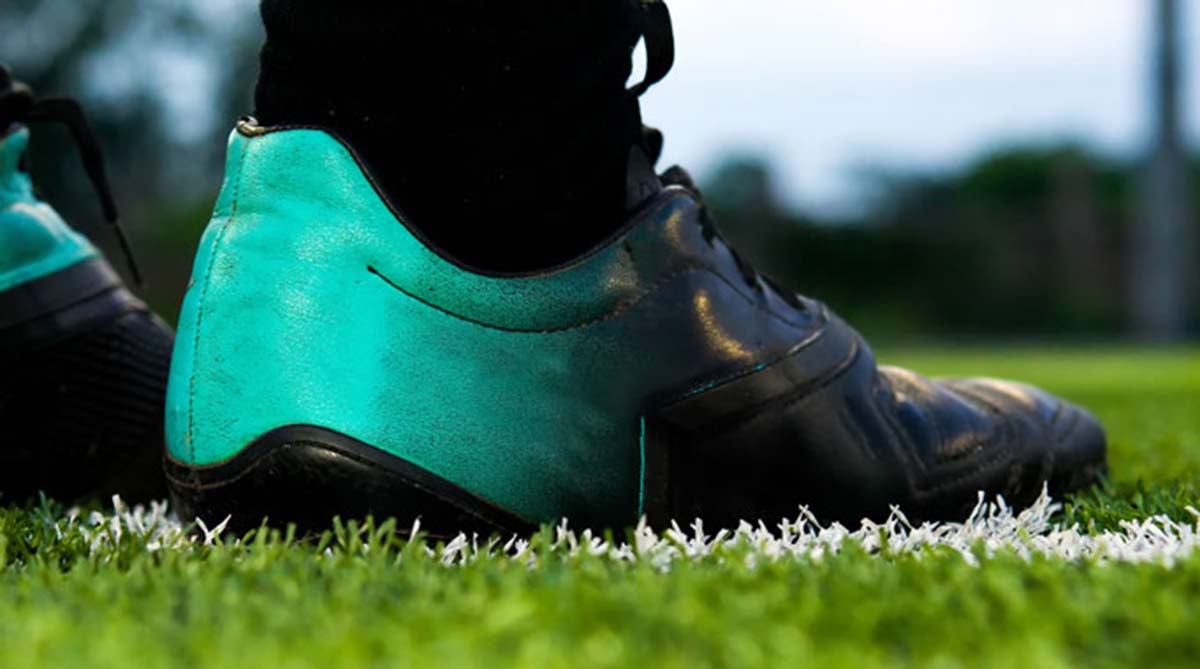
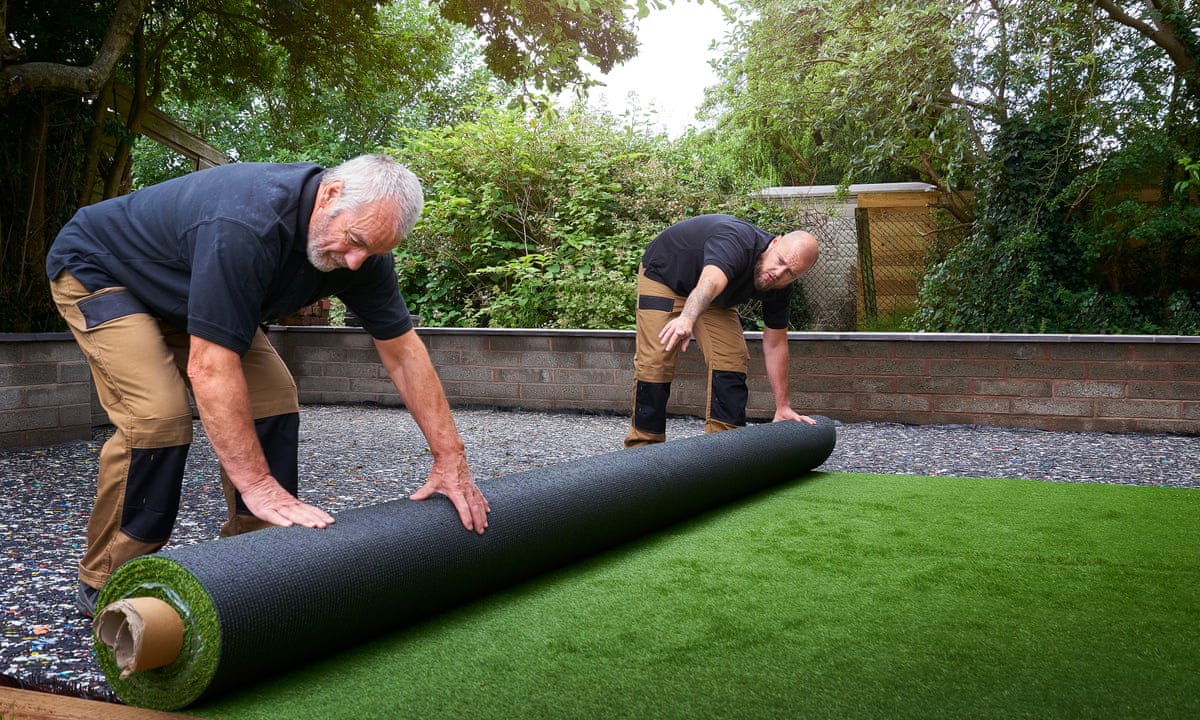
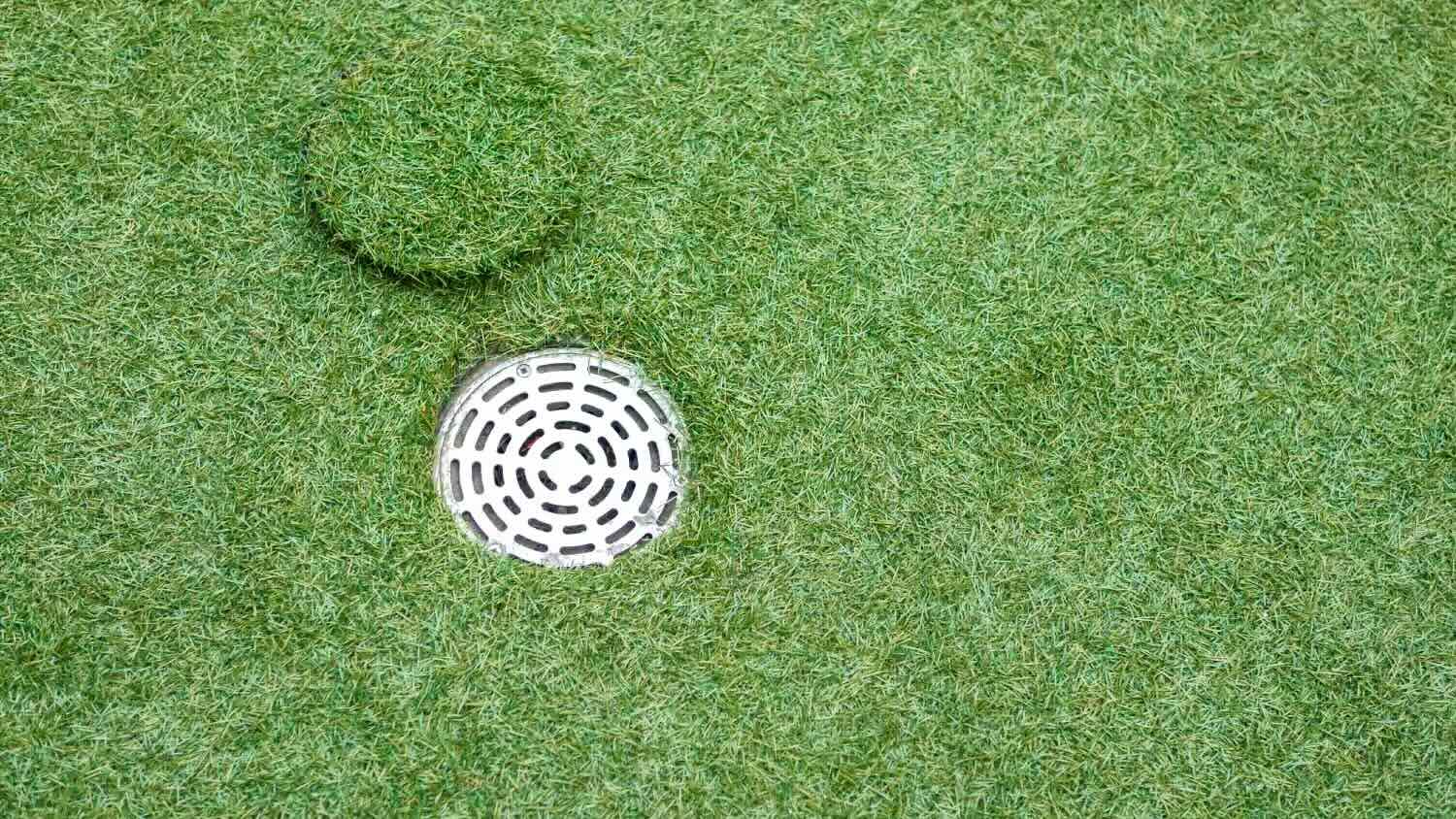
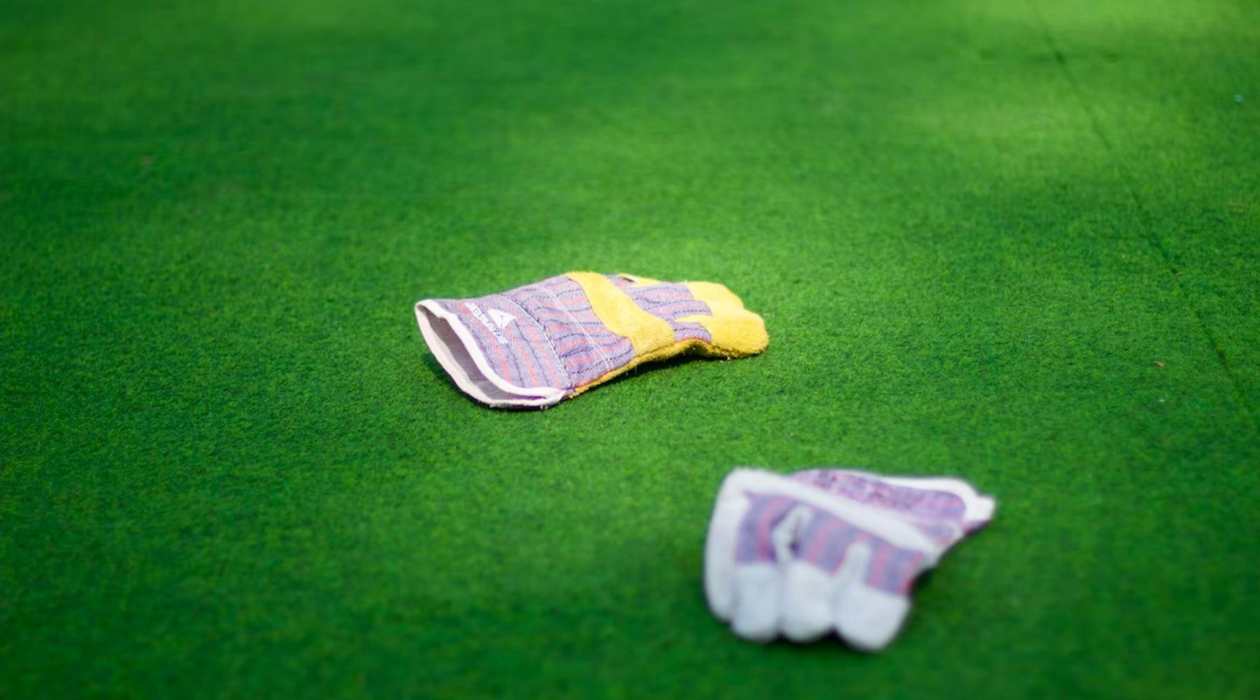
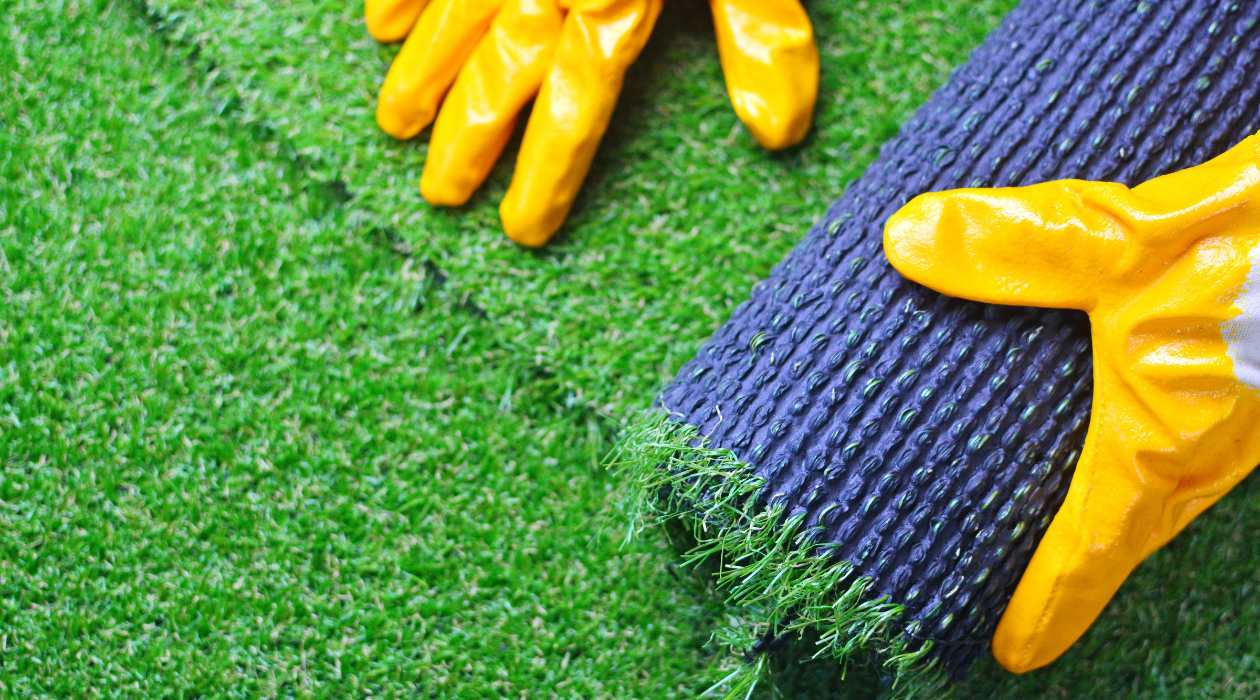
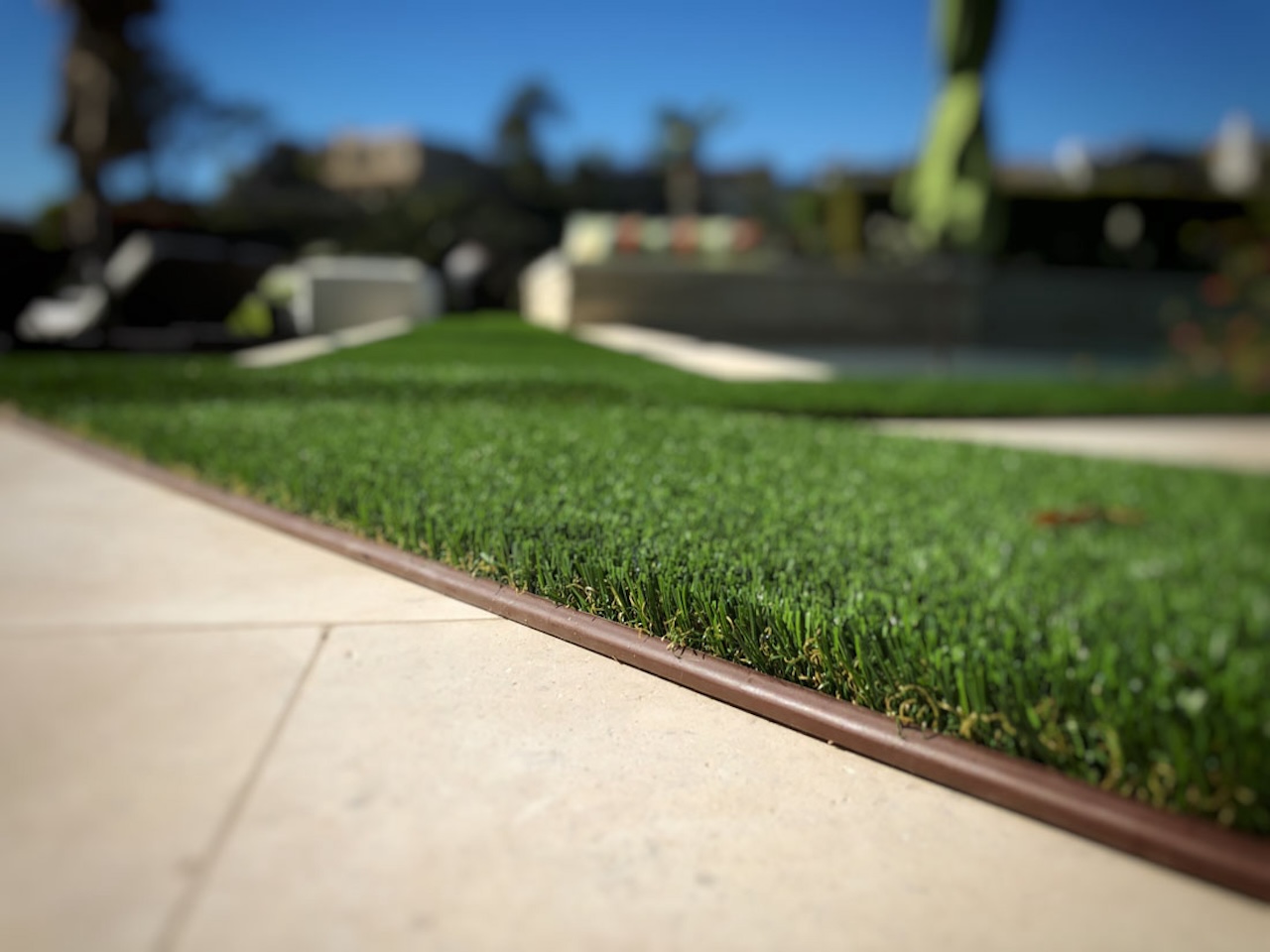
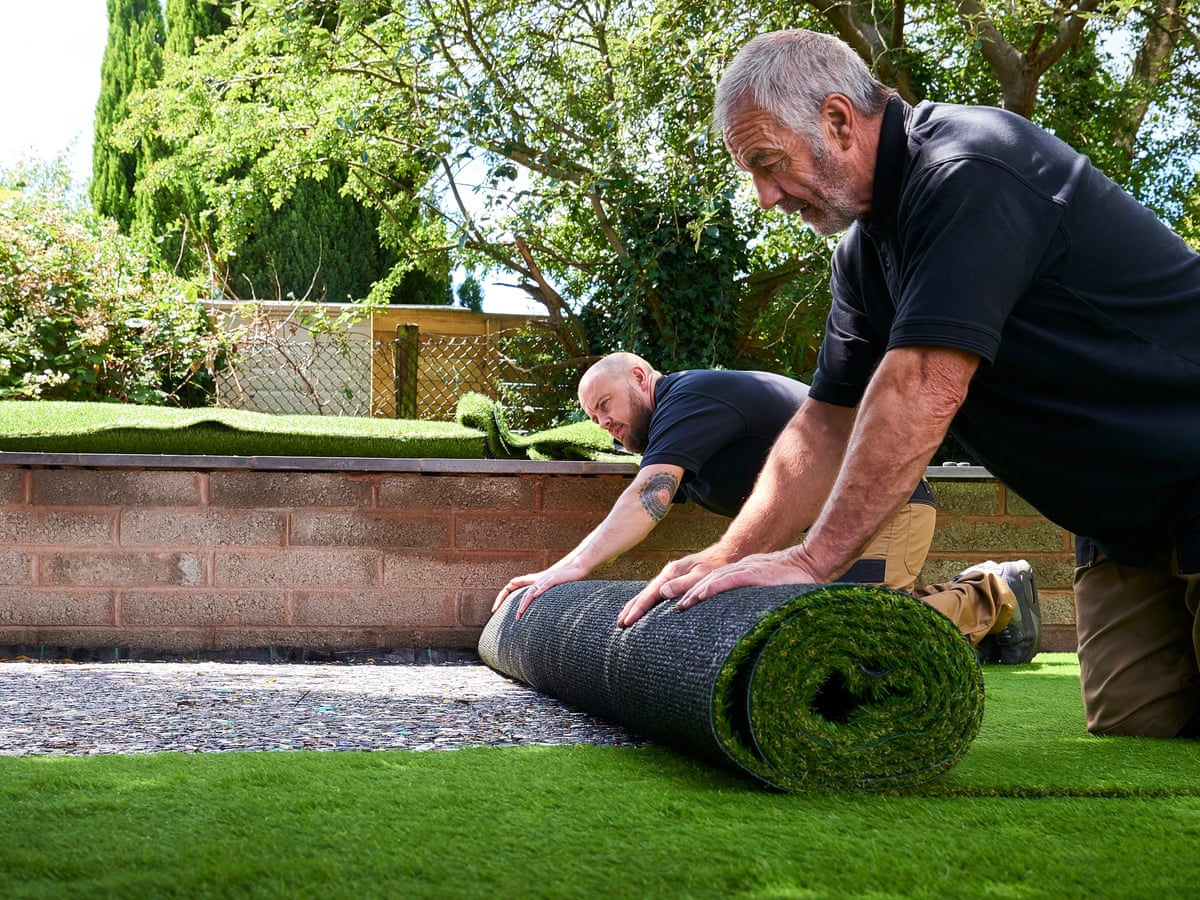
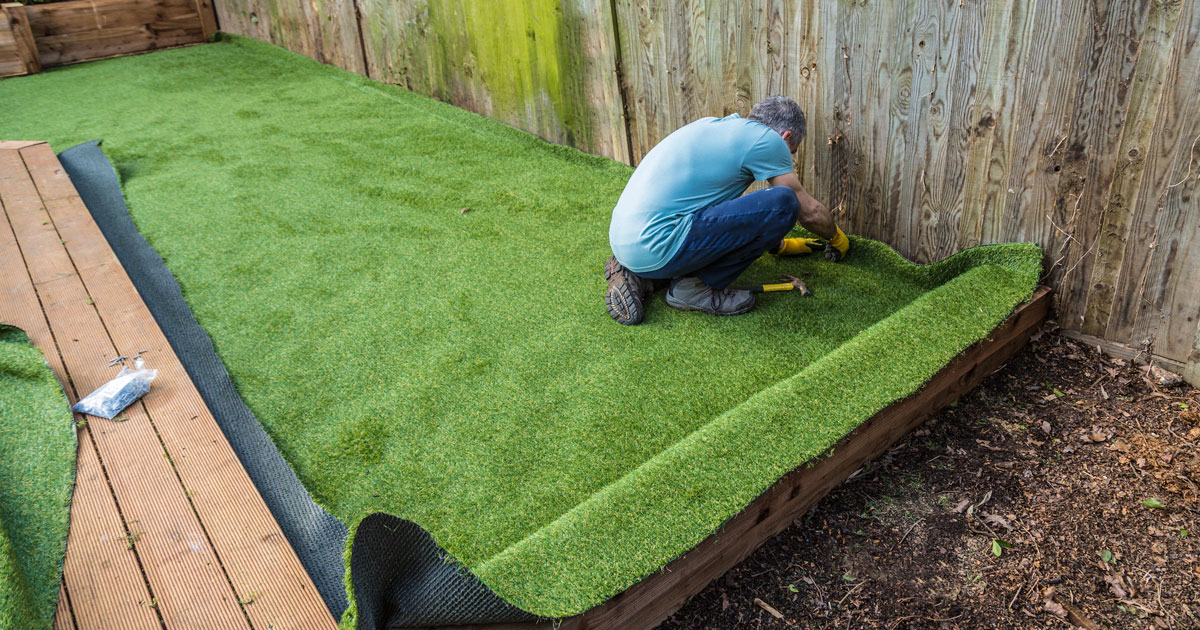
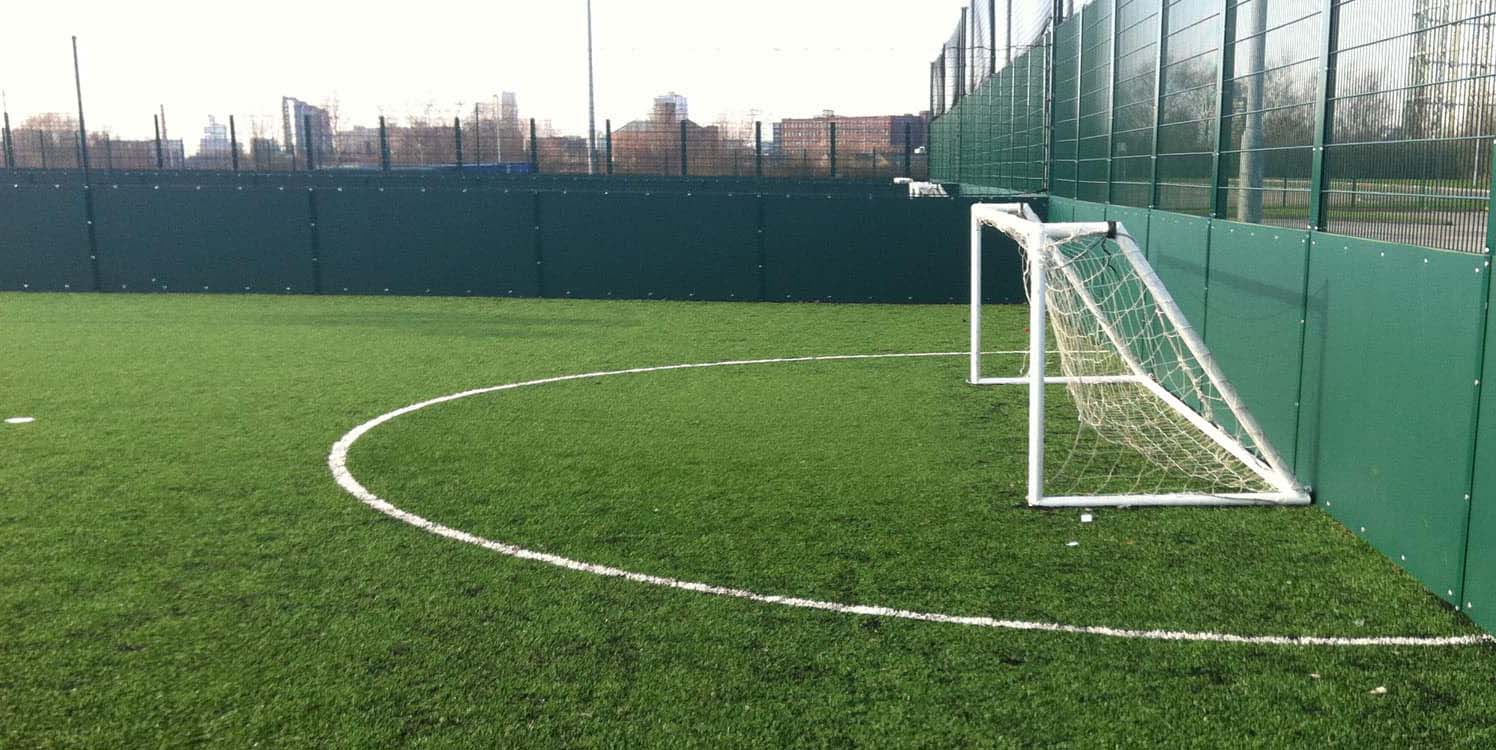

0 thoughts on “Which MLB Stadium Was The First To Use Astro Turf”